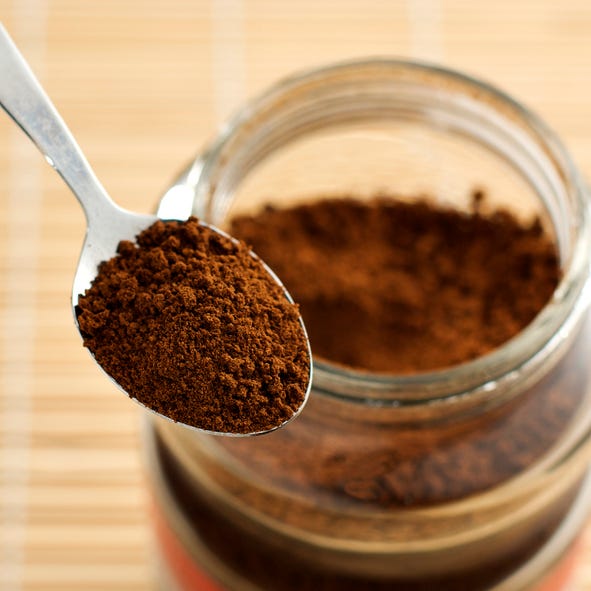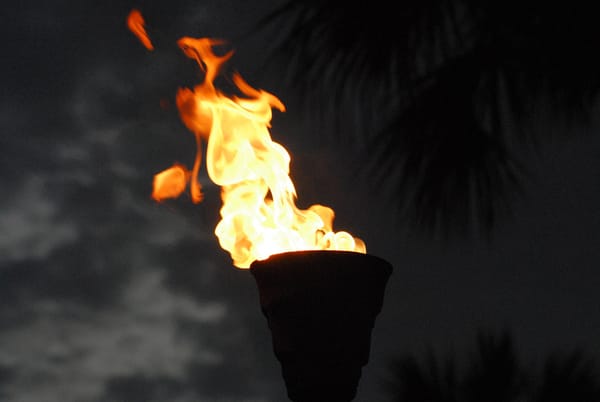What's for Breakfast?
A history of instant coffee, and a recipe for coffee muffins
Happy Monday! What’s for breakfast?
About 30-40% of the world drinks coffee every day. Rates are far higher in the US: about 74% of adults do so — those who worked from home during the pandemic reported even higher consumption rates. Coffee is the world's most popular psychoactive drug (and fitness supplement), and its history is inextricable from imperialism and capitalism. Michael Pollan (whose work can be pretty problematic, I realize) chronicles the spread of coffee (and his own reliance on caffeine) in his book This Is Your Mind on Drugs and audiobook Caffeine: How Caffeine Created the Modern World. But Pollan doesn't really talk much about instant coffee — the ingredient in this week's recipe — because at the end of the day, the man is a snob.

A Brief History of Instant Coffee
As with many inventions — food technologies or otherwise — there's some disagreement about who should get credit for originating "instant coffee." Was it the French humorist Alphonse Allais, who patented a coffee concentrate in 1881? Was it David Strang, a New Zealander who patented the "dry hot air" method of manufacturing instant coffee in 1890? Or was it Satori Kato, a Japanese scientist who showcased an instant coffee powder at the Pan-American Exposition in 1901? Was it Goerge Washington) (not that George Washington) who first marketed the substance commercially a decade later? Or do we credit Nescafe, the corporation whose name is arguably the most associated with the stuff and who started selling the product in 1938?





